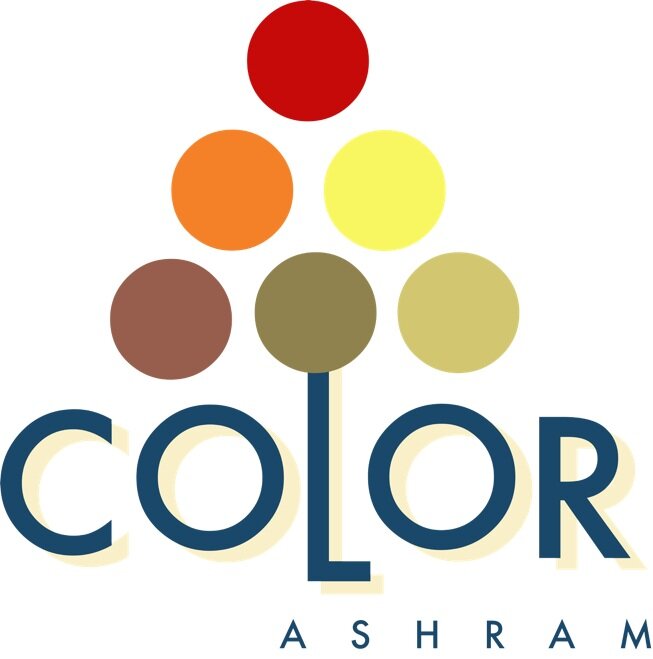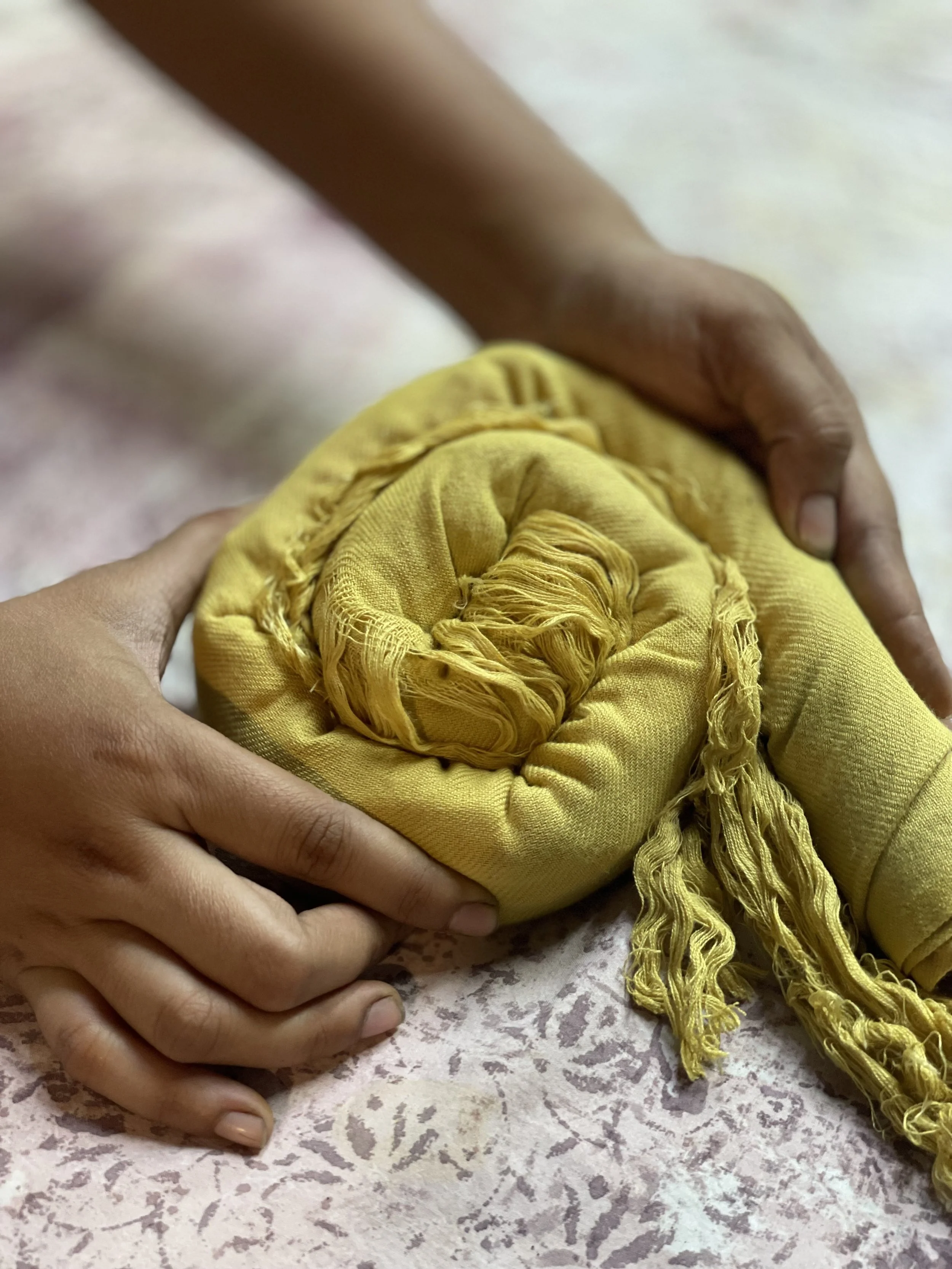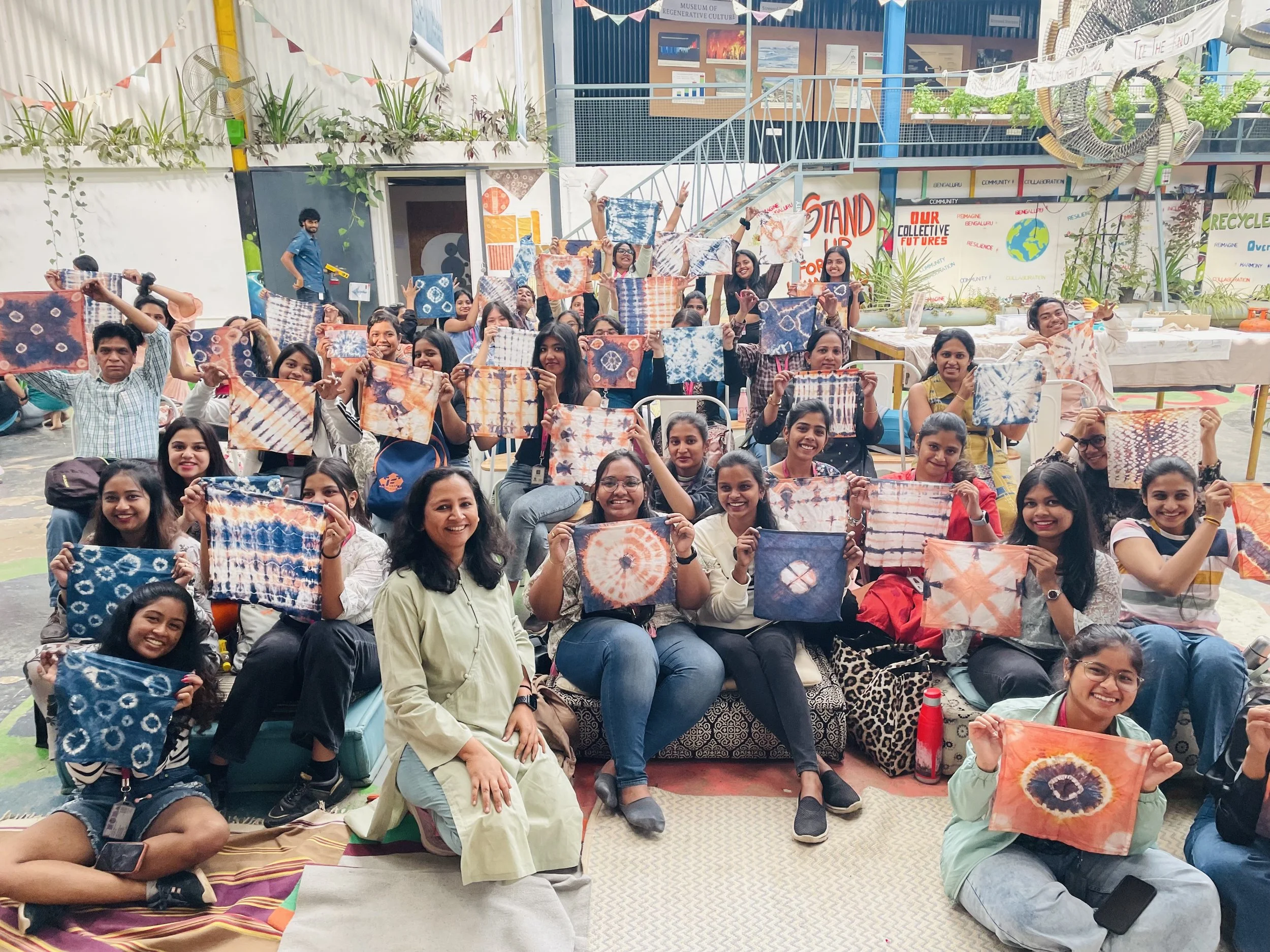Tie and Dye: A Celebration of Natural Dyes
The textile technique of tie and dye has fascinated people worldwide for centuries. With its rich history, vibrant beauty, and diverse cultural practices, tie and dye stands as a testament to the artistry and creativity of different cultures. This article explores the captivating history of tie and dye, its enduring beauty using natural dyes, and the various techniques employed across different countries and cultures.
A Journey through History: Tie and dye, also known as "resist dyeing," has ancient origins in civilizations such as Egypt, India, China, and Japan. It was revered for creating vibrant fabric patterns, often with cultural and symbolic significance.
Beauty: Tie and dye's allure lies in its unique and eye-catching aesthetic. The organic irregularity and fluidity of dye patterns result in one-of-a-kind designs, making each piece truly unique. The use of natural dyes enhances the textile's visual appeal while promoting sustainability.
Natural Dyes: Embracing natural dyes aligns with the unpredictable and fascinating outcomes of tie dye techniques
Common Tie and Dye Techniques:
Spiral Tie Dye: Twisting fabric into a spiral shape and securing it with rubber bands before dyeing creates mesmerizing concentric patterns.
Crumple Tie Dye: Randomly folding and crumpling fabric before dyeing results in beautiful blends of colors and abstract designs.
Ice Dyeing: Placing ice on fabric and applying powdered dye creates watercolor-like patterns as the ice melts.
Ombre Dyeing: Achieving a gradient effect by partially dipping fabric into the dye bath at different intervals.Make it stand out
Tie and Dye Techniques around the World:
Bandhani (India): Small portions of fabric are tied with threads before dyeing, creating distinct patterns. Widely practiced in Rajasthan and Gujarat.
Shibori (Japan): Fabric is folded, twisted, or compressed before dyeing, resulting in intricate patterns. Sub-techniques include Kanoko, Arashi, and Itajime.
Adire (Nigeria): Resist dyeing by tying, stitching, or clamping fabric before immersing it in indigo dye, producing striking indigo patterns.
Mudmee (Thailand): Silk fabric is tied and dyed to create geometric patterns, with the threads often left in place for added texture.
Batik: An ancient Indonesian technique- Applying melted wax to the fabric before dyeing creates intricate designs, with the wax later removed to reveal the patterns.
Consumer Survey on Tie and Dye:
To gain insights into the popularity and perception of tie and dye among consumers, a survey was conducted among a diverse group of individuals. The results revealed that tie and dye is highly favored for its vibrant and artistic appeal. The majority of respondents expressed a preference for natural dyes due to their sustainability and non-toxic nature. Many respondents also admired the uniqueness of tie and dye, appreciating its handmade and individualized qualities
Conclusion:As fashion trends continue to evolve, tie dye has proven its staying power, transcending seasons and remaining a favored technique for those seeking unique and expressive fashion statements.
Sources:
"The Technique of Tie and Dye" by Anil Sinha, I.C.C.R. Publications
"Shibori: The Inventive Art of Japanese Shaped Resist Dyeing" by Yoshiko Iwamoto Wada
"Adire: A Dying Art of Nigerian Fabric" by Christine Mhando
"Mudmee: The Enduring Tradition of Thai Silk Ikat" by Naengnoi Suksri


